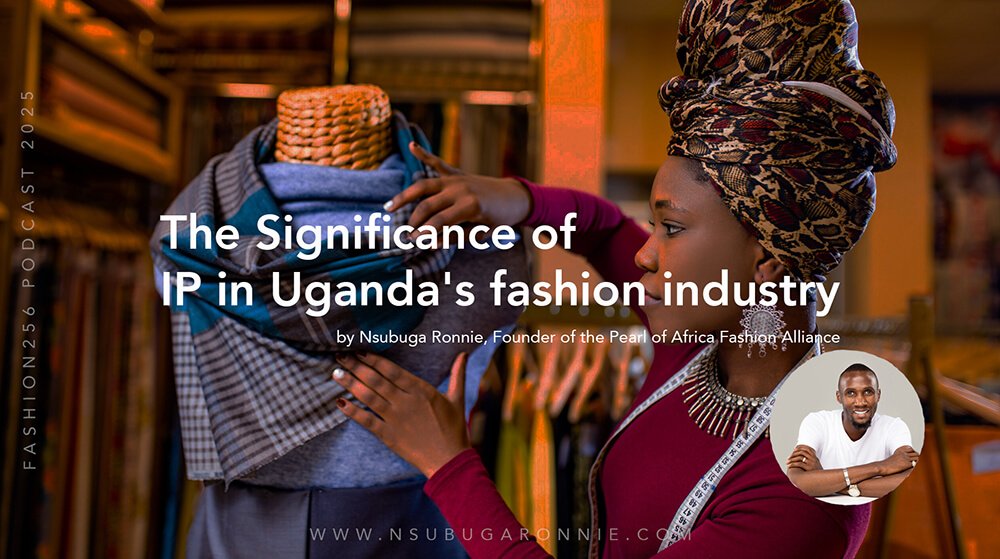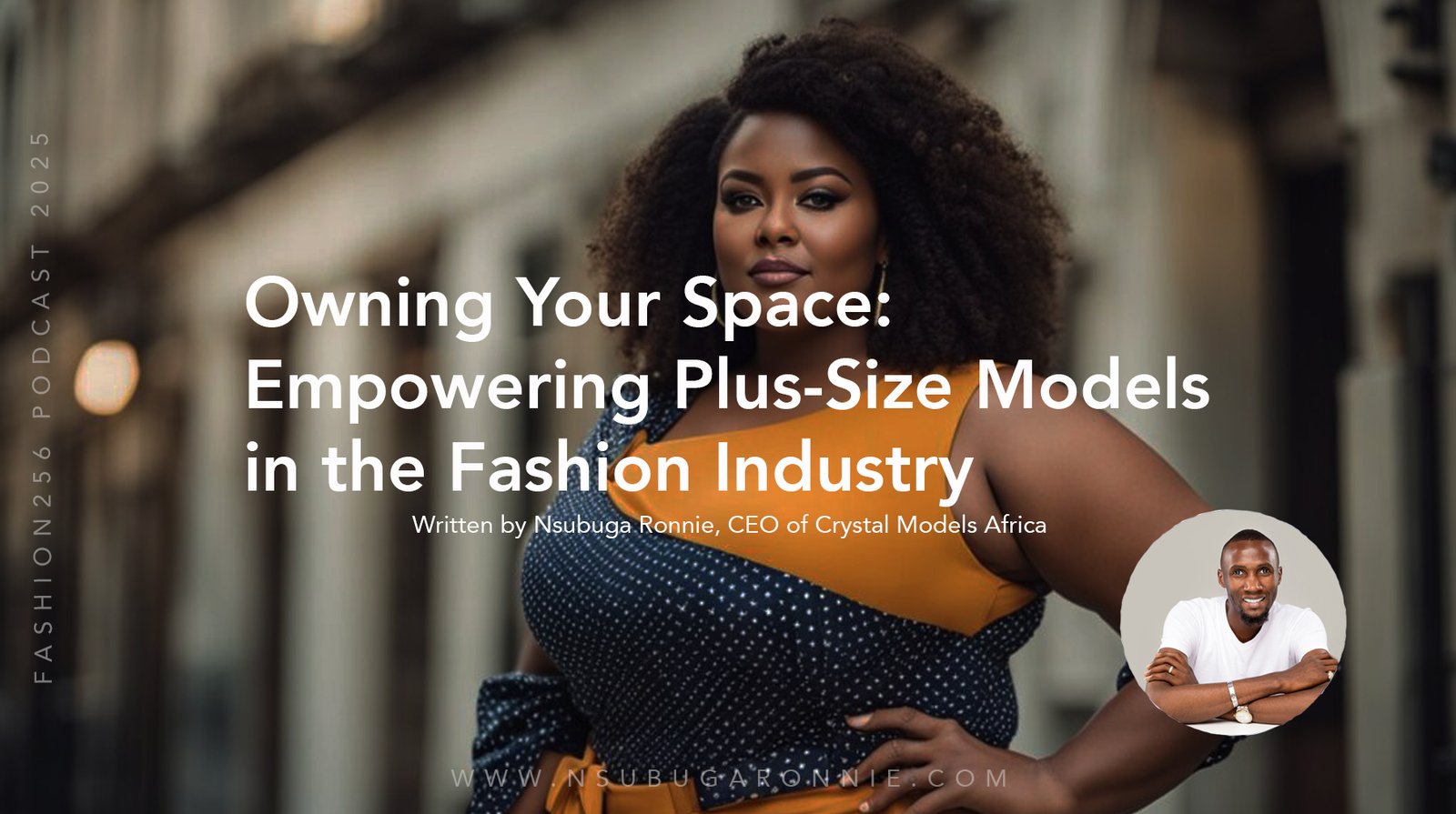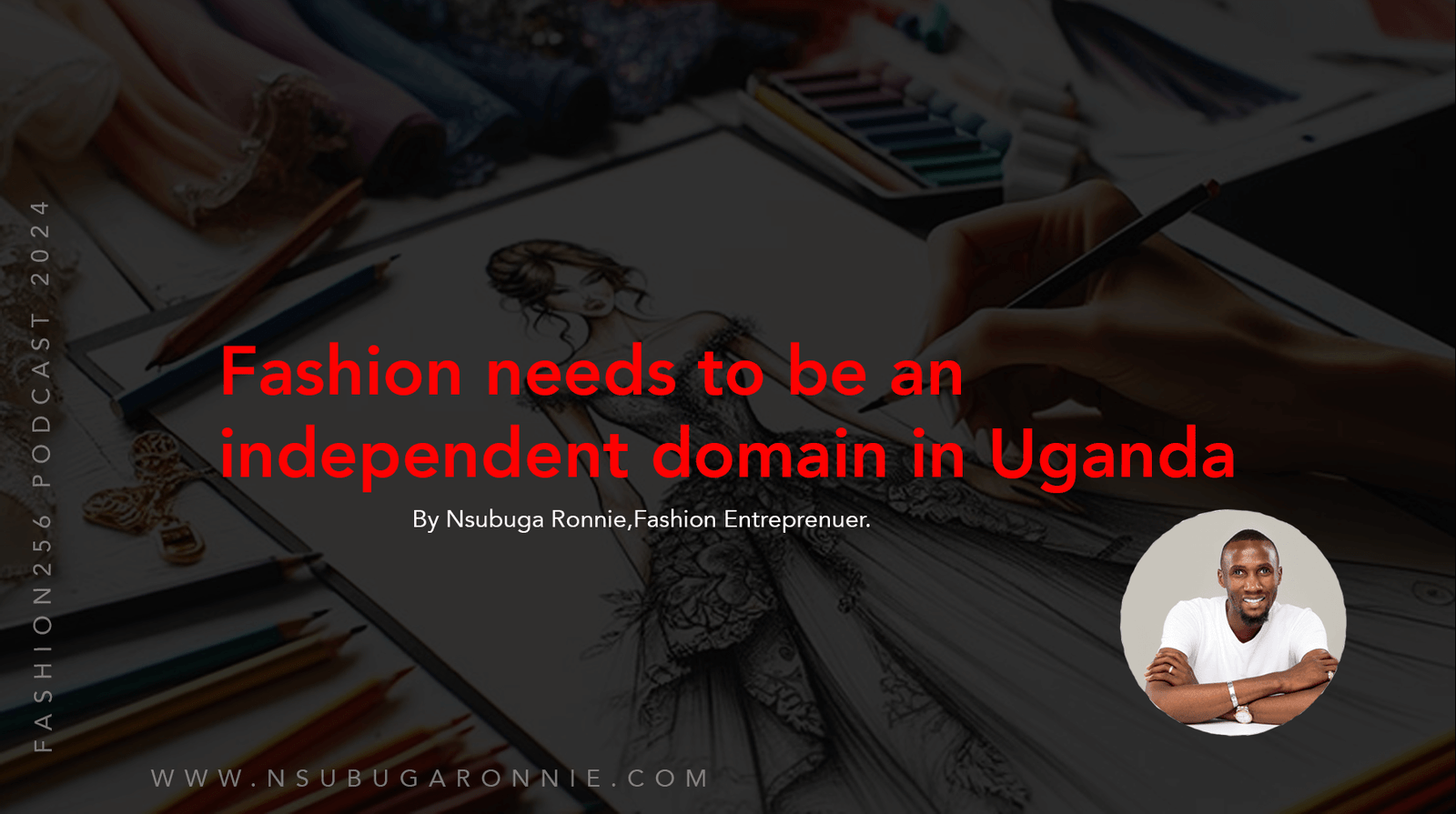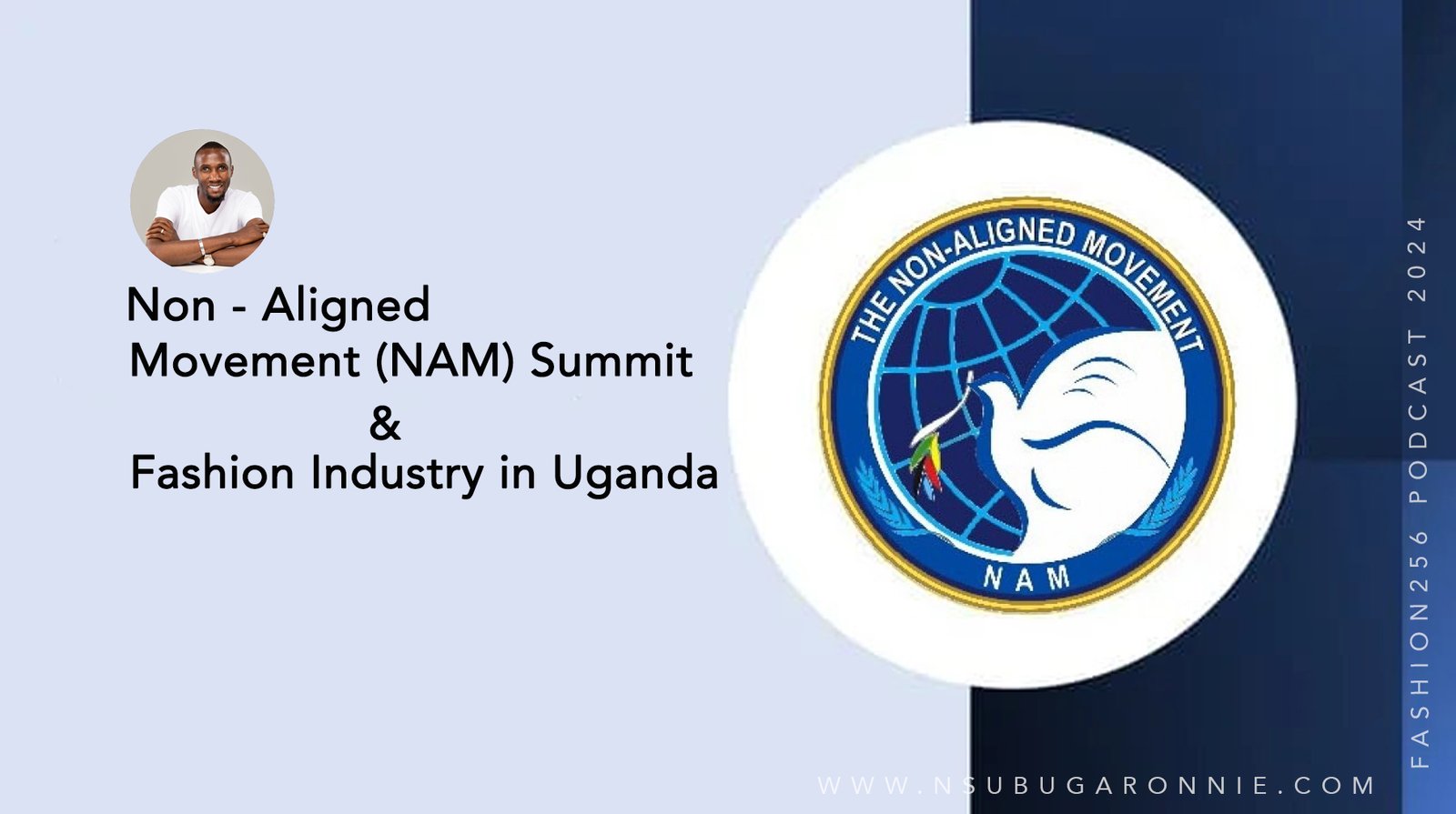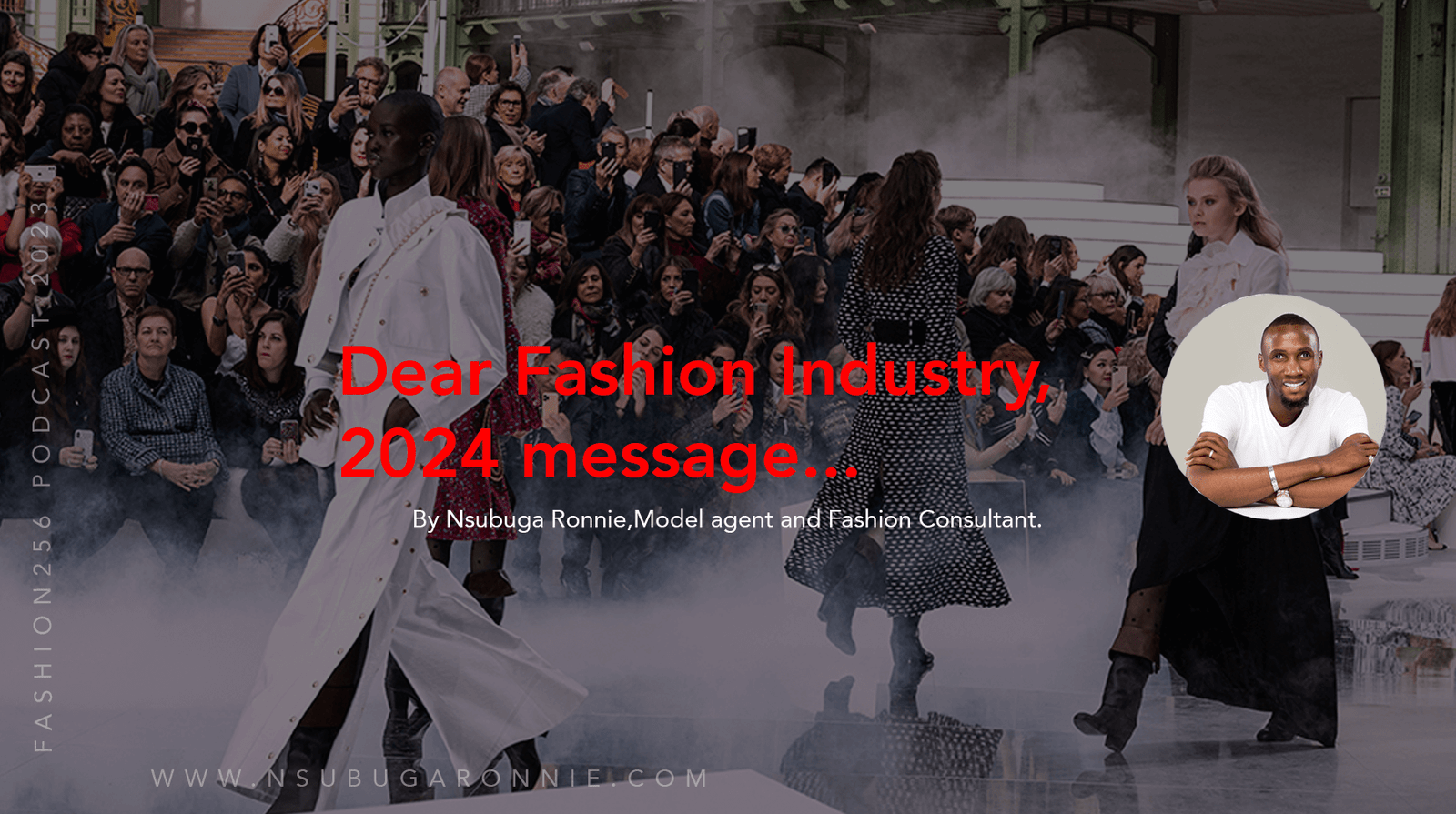The Significance of Intellectual Property in Uganda's Fashion Industry
In today's globalized world, fashion is not just about creativity and design; it’s also about safeguarding those creations. Intellectual Property (IP) plays a vital role in ensuring that creators, designers, and entrepreneurs in Uganda's fashion industry can protect their unique ideas, innovations, and artistic works. As a growing sector, the fashion industry in Uganda is filled with immense talent and potential. However, without a solid understanding of intellectual property, these talents are at risk of exploitation and unfair competition.
This article explores the significance of intellectual property in Uganda's fashion industry, focusing on how it benefits various sub-sectors, such as photographers, accessory designers, cosmetics and personal care companies, fashion stylists, fashion designers, models, and more. It also delves into real-world examples of IP protection in the global fashion industry to illustrate the importance of safeguarding intellectual creations.
Why Intellectual Property Matters to Fashion Creators in Uganda
Intellectual Property, in essence, refers to legal rights that protect the creations of the mind. In the fashion industry, this includes the protection of designs, brand names, logos, photographs, patterns, fabric prints, and even the creative contributions of individuals like stylists, models, and makeup artists. In Uganda, where the fashion industry is still evolving, protecting these creative works is crucial for encouraging innovation, fair competition, and long-term sustainability.
- Fashion Designers: For fashion designers in Uganda, IP protection allows them to secure their original designs, ensuring that their creations are not copied or imitated by others. The designs of clothes, whether they are ready-to-wear collections or high-end couture, are intellectual assets that can be protected through design patents or copyrights. By protecting their designs, designers gain exclusive rights to the use, sale, and distribution of their work, ensuring that they can monetize their creativity without fear of theft.
- Photographers: Fashion photography is a key element of the fashion industry. Photographers capture the essence of fashion collections and create visually captivating content that defines trends and seasons. Through copyrights, photographers can protect their images, ensuring that no one else can use their photos without permission. This not only benefits photographers financially, but also ensures that the originality of their work is preserved in the marketplace.
- Accessory Designers: The booming accessories sector in Uganda — from handmade jewelry to bags and footwear — is rapidly gaining recognition. However, without IP protection, designers are vulnerable to imitation. By registering their designs as industrial designs or trademarks, accessory designers can protect their creations, ensuring that their unique pieces stand out in a crowded market and retain their value.
- Cosmetics and Personal Care Brands: Many fashion entrepreneurs are expanding into cosmetics and personal care, offering products that align with their fashion lines. Protecting formulas, packaging designs, and brand names through trademarks or patents is essential for these companies. It helps them retain control over their products and prevents counterfeiting, which is rampant in the beauty and skincare sector worldwide.
- Fashion Stylists and Makeup Artists: Stylists and makeup artists in Uganda play a pivotal role in shaping the look and feel of fashion collections. While their work is often collaborative, stylists and makeup artists can also benefit from IP protection by safeguarding their unique concepts, styling techniques, and looks through copyright and branding rights. This helps build their professional reputation and ensures fair recognition for their creativity.
- Models: For models, the protection of their likeness and image is essential, particularly in the era of digital media. Models can benefit from IP protection through contracts that protect their image rights, ensuring that their photographs or videos cannot be used without their consent or without adequate compensation. This not only secures their professional value but also ensures their image is not exploited.
Global Examples of IP Protection in Fashion
Several high-profile cases around the world highlight the importance of intellectual property in the fashion industry. These examples serve as valuable lessons for Uganda’s emerging fashion sector.
- Chanel’s Protection of Its Brand: Luxury fashion giant Chanel has been at the forefront of enforcing its intellectual property rights. In 2018, the brand won a lawsuit against a French online retailer selling counterfeit Chanel products. By rigorously protecting its logo, products, and designs, Chanel has successfully built and maintained one of the world’s most valuable fashion brands.
- Nike and Its "Swoosh" Logo: Nike, one of the most recognizable sportswear brands globally, has aggressively defended its iconic “Swoosh” logo and name. Nike has been involved in numerous trademark lawsuits to protect its intellectual property, underscoring the value of its brand identity and the potential revenue losses from counterfeiting.
- Louboutin’s Red Sole: Christian Louboutin, a renowned luxury shoe designer, won a landmark case to protect its signature red sole in the U.S. In 2012, the U.S. Court of Appeals ruled that the red sole was a distinctive trademark. This case demonstrated how a unique aspect of a product, such as a color, could be legally protected and give a brand a competitive edge.
These global examples underline the importance of protecting fashion-related intellectual property to preserve originality and gain a competitive advantage in the market.
The Need for IP Education in Uganda’s Fashion Sector
While Uganda’s fashion industry is making great strides, there remains a significant gap in IP education and awareness among local designers and fashion entrepreneurs. To address this, I recently wrote "A Guide to Intellectual Property for Uganda’s Clothing and Fashion Design Industry," which aims to provide a clear and practical understanding of IP for fashion creators.
Furthermore, the Pearl of Africa Fashion Alliance (PAFA) is collaborating with the Uganda Registration Services Bureau (URSB) to host an IP workshop for fashion enthusiasts this June. This workshop will provide invaluable insights into the importance of IP, how to protect creative works, and the legal avenues available for securing fashion-related intellectual property in Uganda. This initiative will be an essential step in empowering the local fashion industry and ensuring its sustainable growth.
Conclusion
In conclusion, intellectual property is the bedrock upon which Uganda's fashion industry can build a future of innovation, recognition, and economic growth. Protecting creative works allows fashion designers, photographers, accessory designers, cosmetics brands, stylists, models, and other industry professionals to establish their brands, earn fair compensation, and compete on the global stage.
As the fashion industry continues to expand in Uganda, it is essential that all stakeholders—creators, entrepreneurs, and policymakers—work together to raise awareness of intellectual property rights and ensure that the country’s fashion sector flourishes in a secure and legally protected environment.
If you’re a fashion enthusiast, creator, or entrepreneur, I encourage you to join us for the upcoming IP workshop in June and read my guide to intellectual property. Together, we can protect Uganda’s creative talents and ensure a vibrant, sustainable future for our fashion industry.

